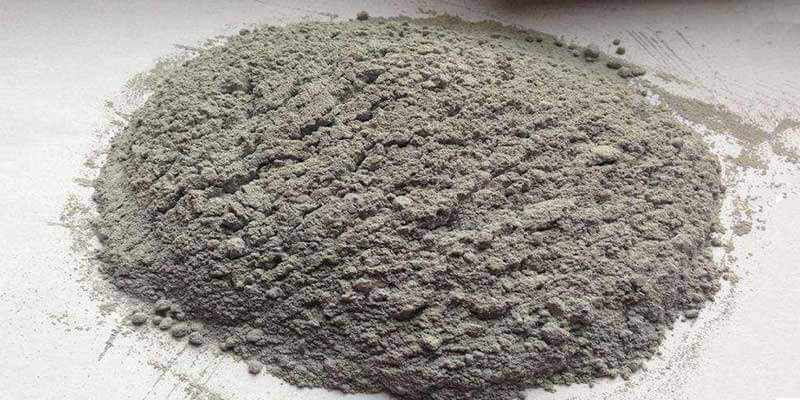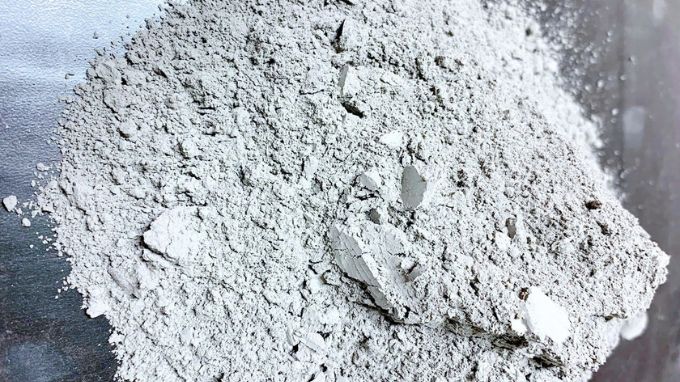Specialized cement refers to special types of cement that are specially manufactured to address specific challenges or requirements encountered in construction and engineering projects. These formulations may include additives or adjustments to the composition of standard Portland cement to enhance properties such as strength, durability, setting time, or resistance to environmental conditions. The importance of specialized cement lies in its capacity to offer tailored solutions to unique project demands, ensuring optimal performance and longevity in built structures. Whether it’s combating sulphate degradation, providing rapid setting for time-sensitive projects, or reducing heat generation during curing, specialized cement plays a vital role in achieving construction objectives efficiently and effectively, ultimately contributing to the safety, durability, and sustainability of infrastructure projects.
Why specialized cements are used?
- Addresses specific construction challenges
- Enhances strength, durability, and setting time
- Resists sulphates and high compressive loads
- Facilitates rapid construction timelines
- Minimizes heat generation during curing
- Enhances aesthetics in architectural applications
- Offers customizable options for project needs
- Contributes to project sustainability
- Ensures quality and performance standards
- Improves safety and durability in built structures
- Targeted solutions for specific construction challenges.
- Enhanced properties like strength, durability, and resistance.
- Versatile applications across various project requirements.
- Structural integrity in challenging environments.
- Time efficient with rapid setting capabilities.
- Reduced risk of thermal cracking during curing.
- Aesthetic options like white cement for visual appeal.
- Customizable formulations to meet project needs.
- Sustainability benefits for lon gterm durability.
- Quality assurance for safety and performance standards.
Different types of specialized cement
1. Sulphate-Resistant Cement:
Sulphate-resistant cement is engineered to endure exposure to sulphates present in soils or water, which can lead to the deterioration of concrete structures over time. Its formulation includes additives that mitigate the chemical reactions caused by sulphate ions, ensuring the long-term durability and structural integrity of buildings, bridges, and other infrastructure projects. This type of cement is particularly crucial in marine environments, wastewater treatment plants, and areas with high sulfate concentrations in the soil, where conventional cement would be prone to degradation. Its resistance to sulfate attack enhances the lifespan of concrete structures, reducing maintenance costs and ensuring reliable performance over time.

2. High-Strength Cement:
High-strength cement is designed to deliver exceptional compressive strength, making it ideal for applications where structural stability and load-bearing capacity are paramount. Through precise engineering and selection of raw materials, high-strength cement achieves compressive strengths far beyond those of standard Portland cement. This type of cement offers superior performance in the construction of high-rise buildings, bridges, dams, and other infrastructure projects that demand exceptional strength and durability. Its ability to withstand heavy loads and harsh environmental conditions makes it a preferred choice for critical structural elements where safety and reliability are non-negotiable.

3. Rapid-Setting Cement:
Rapid-setting cement accelerates the curing process, allowing for quick setting and early strength development compared to conventional cement. This unique property enables construction projects to proceed at a faster pace, reducing construction timelines and minimizing downtime. Rapid-setting cement is particularly advantageous in situations requiring urgent repairs, emergency construction, or projects with tight deadlines. Its fast-setting characteristics make it suitable for road repairs, airport runways, infrastructure rehabilitation, and any construction project where time is of the essence. Despite its rapid setting, this type of cement maintains adequate workability and strength, ensuring high-quality construction outcomes.

4. Low-Heat Cement:
Low-heat cement is formulated to minimize the heat generated during the hydration process, which occurs when cement mixes with water to form concrete. Excessive heat generation can lead to thermal cracking, especially in large concrete pours, compromising the structural integrity of the concrete. Low-heat cement achieves controlled hydration by using a blend of materials that produce less heat during the curing process. This type of cement is essential for projects involving massive concrete structures such as dams, bridges, and high-rise buildings, where temperature differentials must be carefully managed to prevent cracking and ensure long-term durability. Its ability to reduce thermal stresses enhances the overall performance and longevity of concrete structures.

5. White Cement:
White cement is distinguished by its bright, clean appearance, which sets it apart from conventional grey cement. It is manufactured using raw materials with low iron content, resulting in a pure white finish that is highly desirable for architectural and decorative applications. The absence of pigments allows for greater versatility in design, as white cement can be tinted to achieve custom colors and finishes. This type of cement is commonly used in decorative concrete, architectural elements, precast products, and terrazzo flooring, where aesthetics play a significant role. Its ability to provide a pristine white surface enhances the visual appeal of structures, making it a preferred choice for projects where aesthetics are a priority.

6. Coloured Cement:
Coloured cement is formulated to provide a wide range of colour options beyond the traditional grey tone of Portland cement. It achieves its colour through the addition of pigments during the manufacturing process, allowing for customization to match specific design requirements. This type of cement offers versatility in architectural and decorative applications, enabling designers and architects to create visually striking concrete surfaces, pavements, and structures. Coloured cement enhances the aesthetic appeal of both interior and exterior spaces, making it an excellent choice for projects where vibrant colours or unique finishes are desired.

7. Masonry Cement:
Masonry cement is specifically formulated for use in masonry construction, including bricklaying, blockwork, and stonemasonry. It is a blend of Portland cement, finely ground inert materials, and plasticizers to improve workability and bonding strength. Masonry cement offers excellent adhesion to masonry units, facilitating the construction of durable and structurally sound walls, chimneys, and other masonry structures. It provides superior workability, allowing for precise mortar placement and reduced mortar shrinkage, resulting in tighter joints and improved aesthetics.

8. Hydrophobic Cement:
Hydrophobic cement, also known as water-repellent cement, is formulated with additives that impart water-repellent properties to the hardened concrete. These additives create a hydrophobic barrier within the concrete matrix, reducing the absorption of water and moisture ingress. Hydrophobic cement is commonly used in structures exposed to water or moisture, such as swimming pools, water tanks, bridges, and marine structures, to enhance durability and prevent water damage. By minimizing water absorption, hydrophobic cement helps protect concrete from freeze-thaw cycles, chemical deterioration, corrosion of reinforcement, and biological growth. Its ability to repel water ensures the long-term integrity and performance of concrete structures in wet or humid environments, making it a valuable solution for waterproofing applications.

9. Air-Entraining Cement:
Air-entraining cement contains air-entraining agents that introduce microscopic air bubbles into the concrete mix during mixing. These air bubbles improve the workability, durability, and freeze-thaw resistance of the concrete by reducing internal stresses caused by freezing and thawing cycles. Air-entraining cement is particularly beneficial in cold climates where freeze-thaw cycles are common, as it helps prevent damage such as cracking and spalling. It is used in a wide range of concrete applications, including pavements, bridge decks, and exterior structures exposed to harsh weather conditions. Its ability to enhance concrete durability in challenging environments makes it an essential material for infrastructure projects subjected to freeze-thaw cycles.

10. Expansive Cement
Expansive cement, a specialized variant within the cement family, possesses unique properties that set it apart from conventional types. Characterized by its ability to expand slightly after setting, expansive cement finds applications in various construction scenarios where controlled expansion is beneficial. This expansion helps compensate for the shrinkage that typically occurs during the drying process, reducing the likelihood of cracks and improving overall durability. Common applications of expansive cement include repairing concrete structures, anchoring bolts, and grouting pre-stressed cables. Its versatility and ability to enhance the longevity of concrete make expansive cement a valuable asset in the construction industry, particularly in projects where structural integrity and longevity are paramount.

Conclusion
The diverse range of specialized cement types underscores the dynamic nature of construction materials in meeting specific project requirements. From rapid-setting cement for urgent repairs to expansive cement for reducing shrinkage, each variant offers unique properties tailored to distinct construction needs. As technology continues to advance, it is likely that even more specialized cement formulations will emerge, further enhancing the versatility and efficacy of this essential building material in the construction industry.



